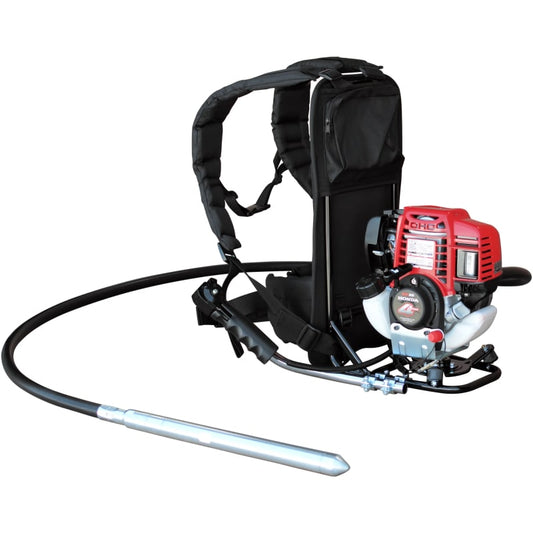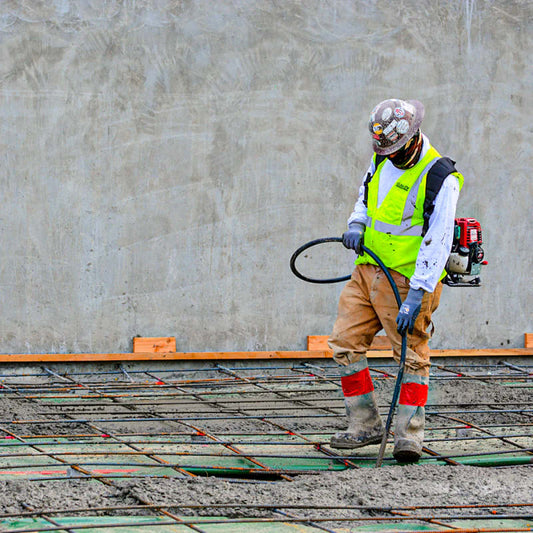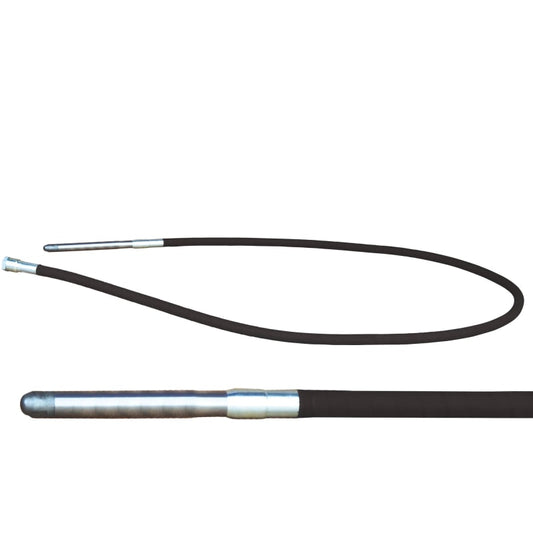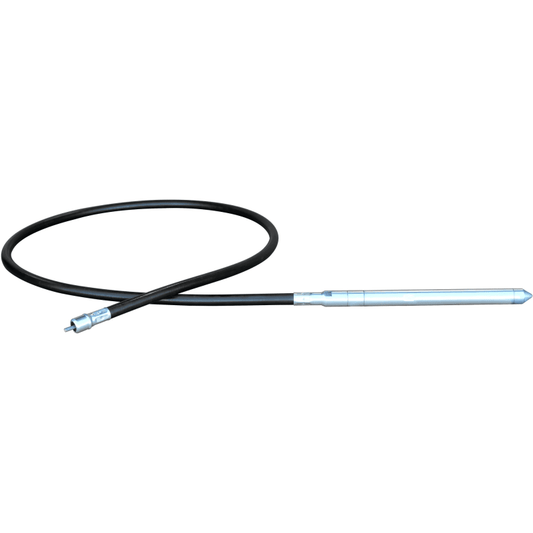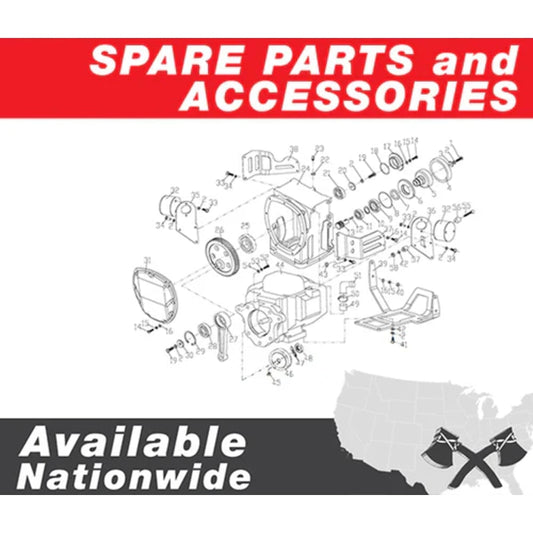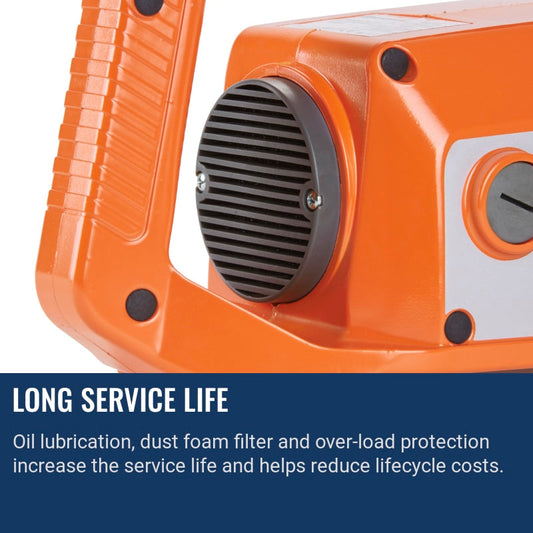Collection: Concrete Vibrating Tools for Contractors
Looking for reliable Concrete Vibrating Tools for Contractors to achieve smooth, air-free pours? At Concrete Tools Direct, we stock contractor-grade vibrators — from handheld wands to electric and gas-powered machines — all designed for tough jobsite conditions. Shop trusted brands like Husqvarna and other industry leaders, with versatile options including vibrating rods, drill attachments, and more. Backed by fast U.S. shipping and no sales tax (except TX), our professional-grade tools help you complete projects efficiently and with high-quality results every time.
-
QUICK SHIPNO TAXES
Honda Concrete Finishing Bundle with Magnesium Screed Blade Float and Honda Vibrator with 10" Whip
Vendor:Tomahawk PowerRegular price From $2,499.99Regular price
Top-Rated Concrete Vibrating Tools for Contractors
Top Models/Feature Picks
Our experts selected these contractor-approved concrete vibrating tools for their performance, durability, and ease of use. From handheld wands to electric and gas-powered units, these tools help remove air pockets and ensure high-quality, long-lasting concrete pours on any jobsite.
Husqvarna Superflex | Internal Vibrator
Experience efficient concreting with Husqvarna Superflex, a series of flexible drive shafts designed for AT vibrator heads. With different lengths available, this versatile tool can be customized to suit your unique application.
VIEW
Husqvarna SMART | Internal Vibrator
Engineered for peak performance, the Husqvarna Smart is the epitome of power and precision. This electronic high-frequency internal concrete vibrator, equipped with an integrated frequency converter, is the ideal tool for professionals seeking reliability and advanced technology in one package.
VIEW
Husqvarna AT | Internal Vibrator
The Husqvarna AT series of concrete vibrator heads, when paired with the Husqvarna AME 1600 drive unit, provides a superior entry-level solution for pouring floors, slabs, and beams in housing constructions.
VIEW
How to Choose the Right Concrete Vibrating Tool
When selecting a concrete vibrating tool, consider your project type, concrete volume, and accessibility requirements. The right tool ensures consistent, air-free concrete, faster work, and a smoother finish on every pour.
Tool Type
Handheld wands are ideal for small to medium pours, while internal or external vibrators suit larger commercial jobs for even compaction.
Power Source
Electric tools are quiet and suitable for indoor or residential projects. Gas-powered vibrators provide higher output and portability for outdoor or remote sites.
Reach and Flexibility
Choose a tool with the proper hose length or rod size to reach all areas of your pour efficiently, including corners and deep foundations.
Durability and Maintenance
Look for heavy-duty construction, reinforced hoses or rods, and easy-access maintenance points to extend your tool’s lifespan and reliability.
Ease of Use
Consider weight, handle ergonomics, and vibration frequency control to reduce operator fatigue and maintain consistent concrete compaction.
No matter the size or complexity of your project, the right concrete vibrating tool ensures professional results every time. Explore our full range to find the model that fits your jobsite needs.
Frequently Asked Questions
FAQ’s
What’s the best concrete vibrating tool for contractors?
For most jobsite applications, a handheld vibrator wand or a drill attachment offers great control and reliable results. Brands like Husqvarna and other contractor-trusted manufacturers are popular choices for quality and durability.
How deep should I use a concrete vibrator in a pour?
Insert the vibrator just enough to reach the bottom of the form and pull it upward slowly. Avoid dragging it horizontally, and make sure each area overlaps slightly to remove air pockets effectively.
Should I use an electric or gas concrete vibrator?
Electric vibrators are ideal for indoor or residential jobs due to low emissions and quieter operation. Gas-powered units are better for large-scale or remote worksites where portability and higher power are needed.
How do I maintain a concrete vibrating tool?
Clean the vibrator immediately after each use to remove concrete residue. Check the flexible shaft and head for wear, lubricate moving parts if required, and store the tool in a dry, protected location to extend its lifespan.




